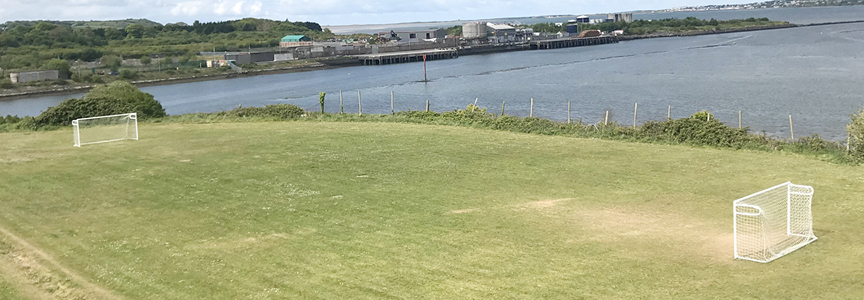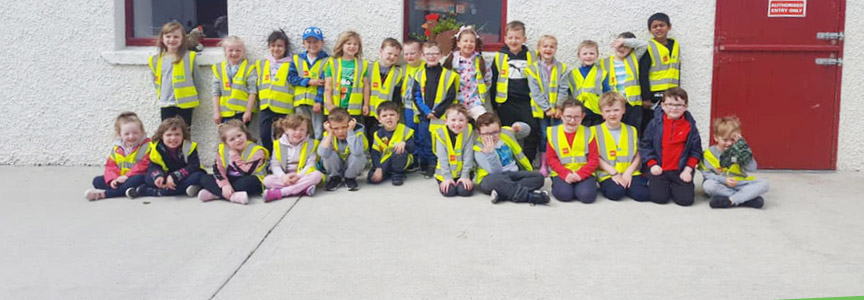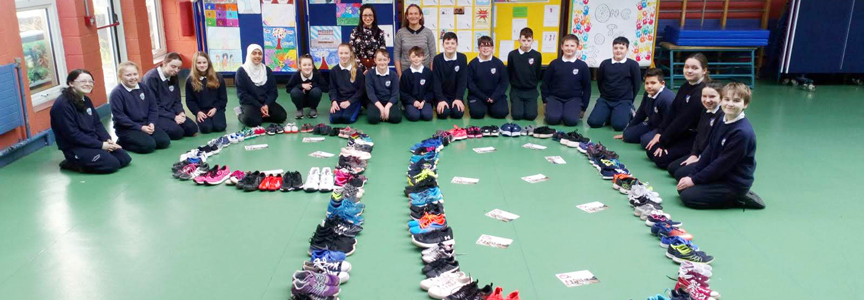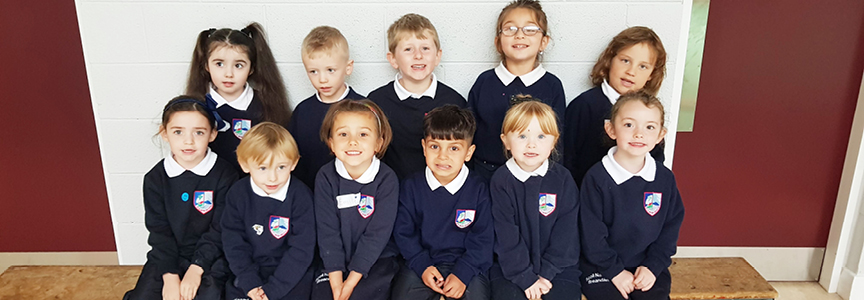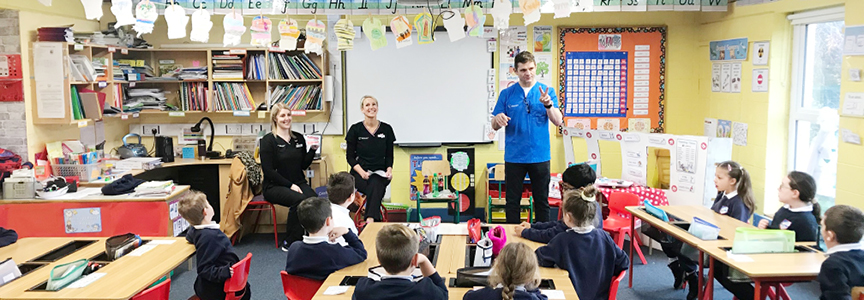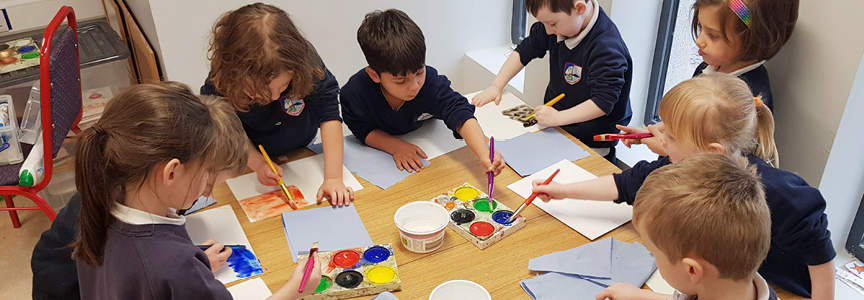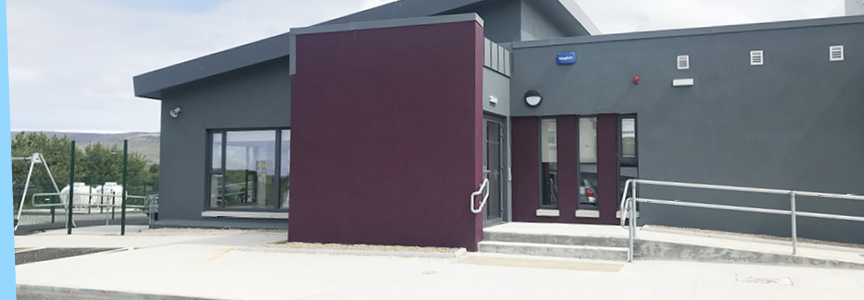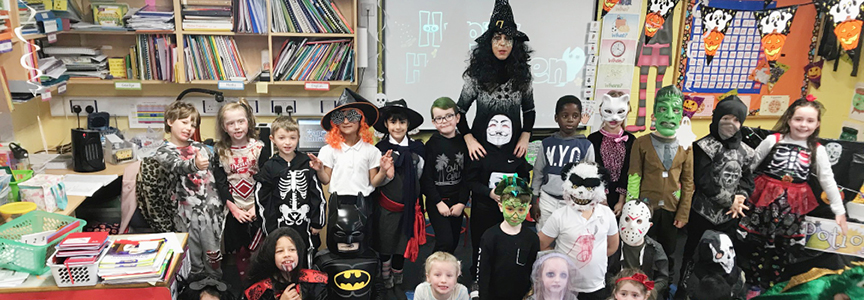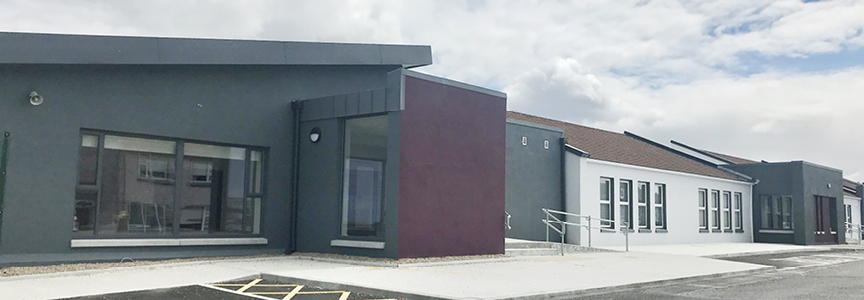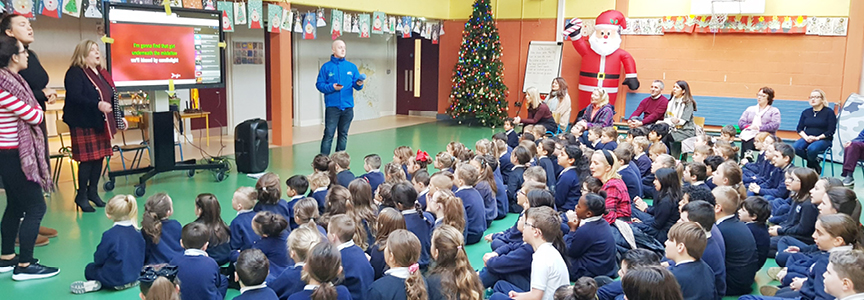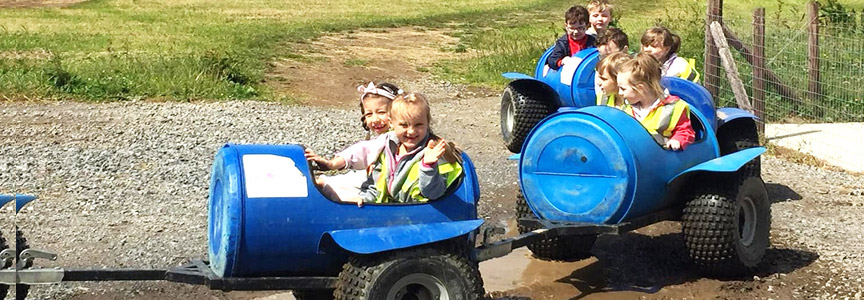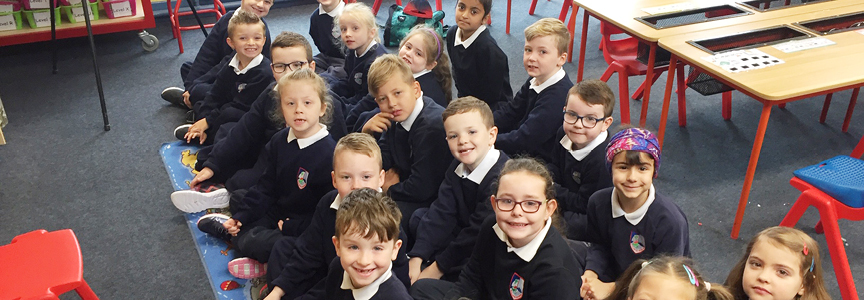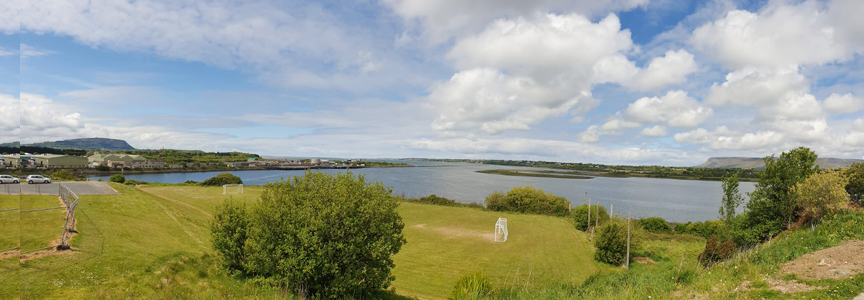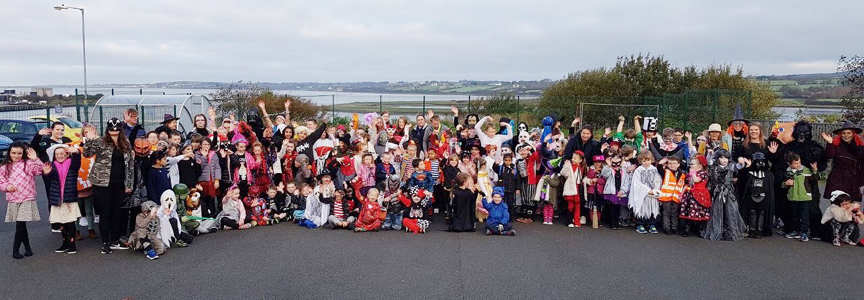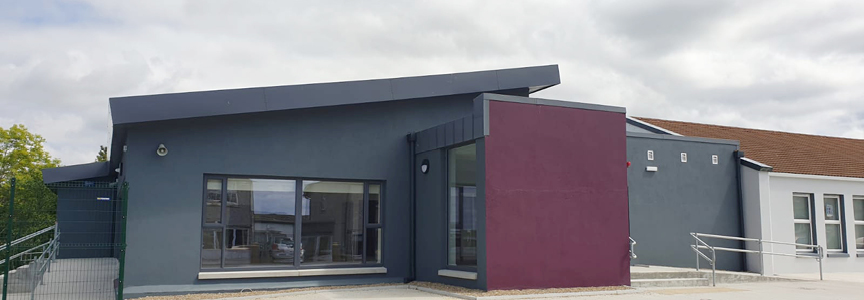SESE


What Is SESE:
SESE means Social, Environmental and Scientific Education. Traditionally we know these as the subjects History, Geography and Science which each have their own curriculum under the SESE banner.
Environmental education is very much to the fore world-wide now more than ever. However there has been an important element of Environmental Awareness and Care embedded in the Science and Geography curricula since 1999. One third of the Geography curriculum and one quarter of the science curriculum consists of the Strand Unit: Environmental Awareness and Care.
In St. Brendan's NS, we believe in a skills-based approach to our SESE subjects. We want our pupils to discover what it is like to work like a scientist, a historian or a geographer. This is done by creating opportunities for the children to learn and develop skills through investigations and real-world experiences.
We all understand what a science experiment is. We have a good supply of science equipment in St.Brendan's But most Primary Science investigations can be carried out using household materials. There are some great websites full of science investigations to do at home or in school. Try out some of these ones to get started:
https://www.sfi.ie/engagement/discover-primary-science-and-maths/resources/stem-at-home/
https://www.sfi.ie/engagement/discover-primary-science-and-maths/activities-search/index.xml
A geographer also investigates by finding out what places are like, how they have changed, how to get there, what the people, flora and fauna are like there and how they all interact with each other. A branch of geography is investigating, observing and finding out about our natural and physical world- rocks, soils, weather, space.
In St. Brendan's we take many trips out with classes to look at the local landscape. We have climbed our local mountain knocknarea, walked through the forest at the base of Benbulbin mountain, taken many seashore trips, visited wind farms, enjoyed orienteering and map-reading and many other geography-related activities. We value these filed-trips as integral to our hands-on approach to geography.
An historian investigates what happened in the past, what people and places were like in the past and how they interacted with each other. Old maps, real or pictures of old artifacts, local stories and folklore, old buildings and ruins can all be explored and investigated to give children the opportunity to surmise about the past and come up with their own ideas of what the past must have been like and why things were the way they were.
Every year each class in St. Brendan's NS goes on a trip to a local place of historical importance eg Sligo Abbey, Riverstown Folkpark, Carrowmore, Parkes' Castle to name but a few. We also take every opportunity to invite visitors from the Heritage Programme to come to the school. Some of our bigger projects have been related to Sligo's history during famine times. Our view of Sligo Port has been a great source of inspiration as we learned all about the emigration from the town during famine times.
http://www.exploringsligo.net/html/schools/brendans.htm
Here are the SESE skills that we try to develop through the SESE curricula:
|
Working as a scientist
|
Working as a geographer
|
Working as a historian
|
|
Investigation skills Design and make
|
Sense of place and space Maps, globes and graphical skills Investigation skills
|
Time and chronology Change and continuity Cause and effect Synthesis and communication Using evidence Empathy
|
These are some of the teaching methodologies we use:
|
Science |
History |
Geography |
|
• Open questions and initiating investigations • Children’s Ideas as starting point • Talk and discussion • Brainstorm and concept mapping • Concept cartoons • Free play and discovery learning • Annotated drawing • Group or pair work • Design and make
|
• Story • Use of historical novel • Personal and family history • (Using evidence) • Oral evidence • Using artefacts • Pictures and photographs • Using the environment • Documentary evidence • Drama and role-play • Using ICT • Project work • Use of maps • Use of timelines
|
• Fieldwork • observation • Annotated drawings, sketches • Using photographs • Survey • Interview • Story • Use of news/topical affairs • Experiments and investigations • Using simulations and models • Keeping a wildlife garden • Project work • Video/DVD • Maps and mapping • ICT • Artefacts |
St. Brendan's National School, Sunset Drive, Cartron Point, Sligo, F91 YTK2
Phone: 071-9145449 | Registered Charity Number: 20134617
